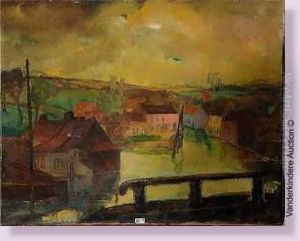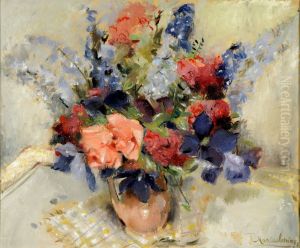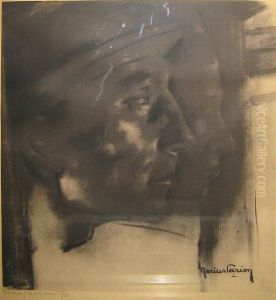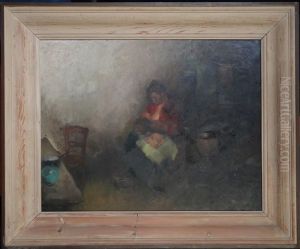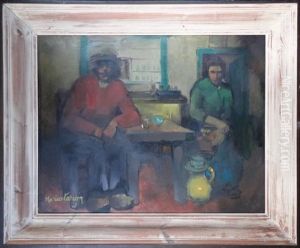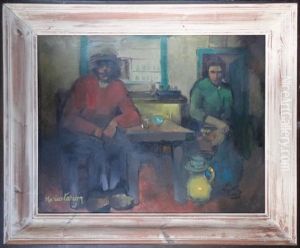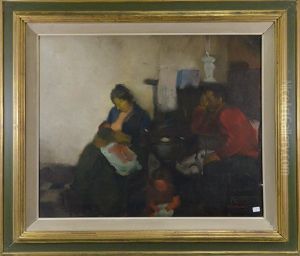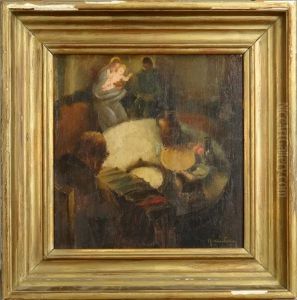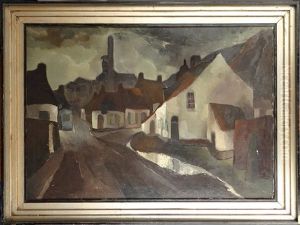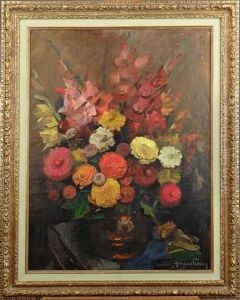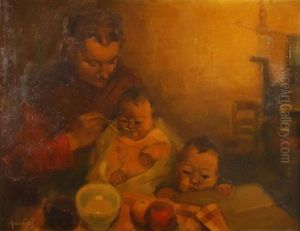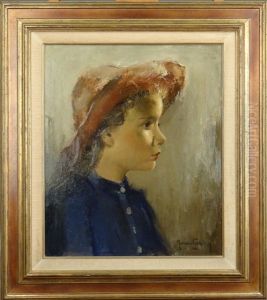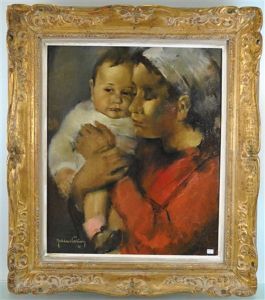Marius Carion Paintings
Marius Carion was a Belgian artist known for his work in painting, drawing, and engraving. Born on January 22, 1922, in Battice, Belgium, Carion demonstrated an interest in art from a young age. He grew up in a period marked by significant historical events, including the Great Depression and World War II, which influenced the cultural and artistic landscape of Europe.
Carion studied at the Royal Academy of Fine Arts in Liège, where he honed his skills in the traditional disciplines of drawing and painting. His early work was characterized by a focus on landscapes, still lifes, and figures, reflecting the academic training he received. However, over the years, his style evolved, and he began to incorporate more abstract elements into his art.
Throughout his career, Carion exhibited his work in numerous solo and group exhibitions both in Belgium and abroad. His artistic contributions were recognized with various awards and honors, and his pieces found a place in private and public collections, including several museums.
Carion's work often explored the relationship between color, light, and form. He was known for his ability to balance these elements to create compositions that were both harmonious and dynamic. In addition to his traditional canvases, Carion experimented with various other media, including watercolor and printmaking, which allowed him to further expand his creative repertoire.
Despite the changes in the art world throughout the 20th century, with the rise of movements such as abstract expressionism, pop art, and minimalism, Carion remained dedicated to his unique artistic vision. He continued to produce work that resonated with his audience, maintaining a connection to the natural world while also embracing more abstract and symbolic representations.
Marius Carion passed away on December 1, 2017, leaving behind a legacy of artistic innovation and a body of work that continues to inspire and captivate art enthusiasts and collectors. His dedication to his craft and his ability to adapt while remaining true to his artistic principles have secured his place in the annals of Belgian art history.
